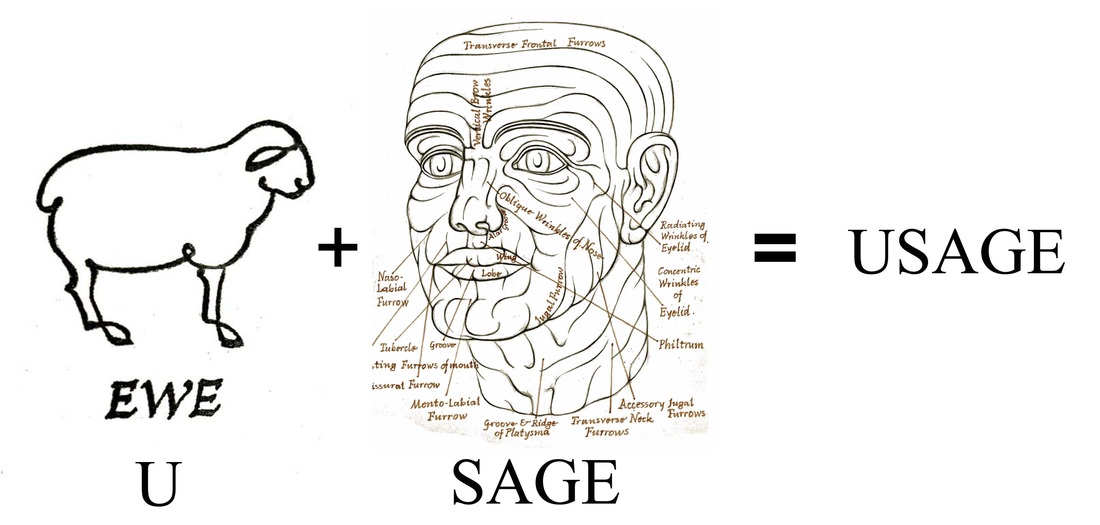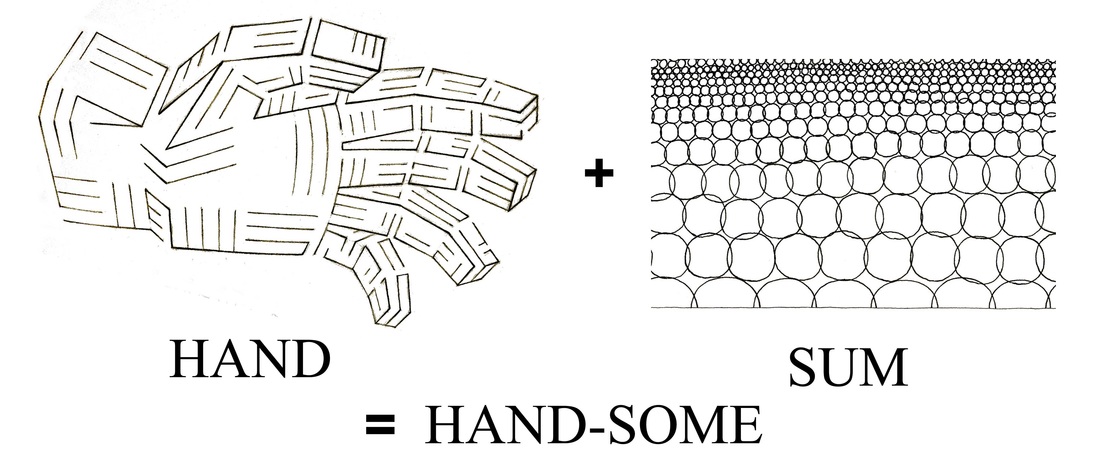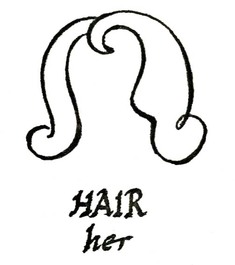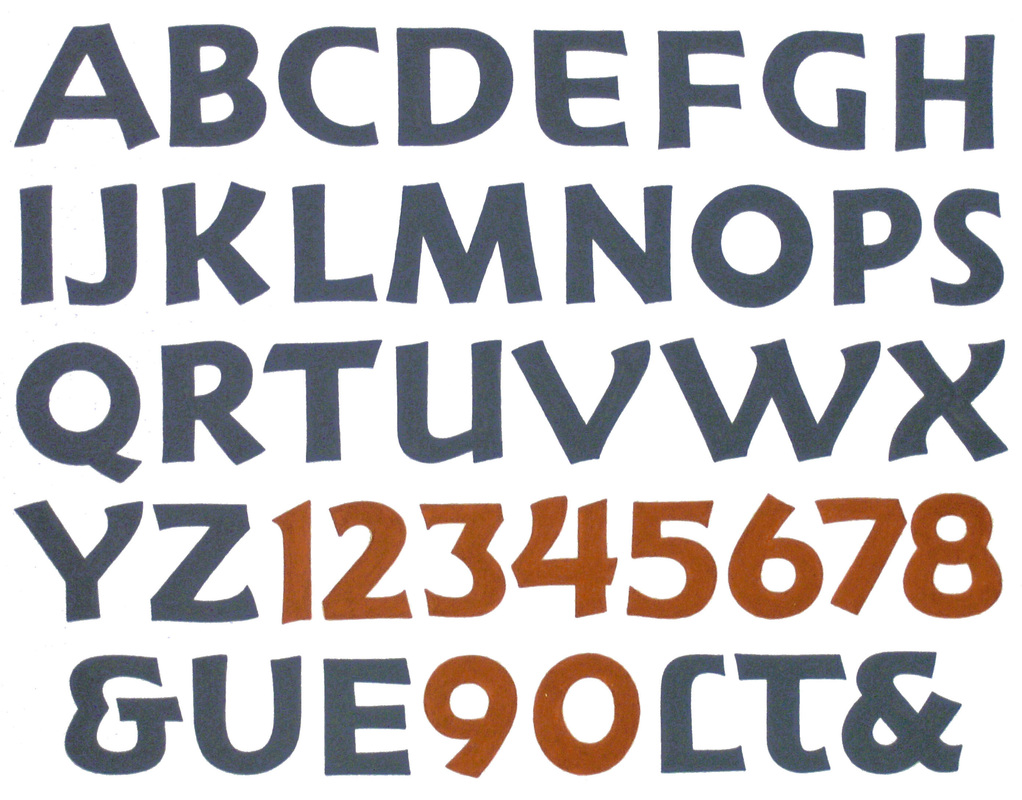|
Our hearts are but a dense, polluted pond and hold within all possibilities of Evil and just a little Good. Thus, Frauds and Sinners do not come purely made, so that the names we give them derive from traits we see most often and most clearly. A tattle-tale and backbiter – that is, the Pious Fraud – is upholding virtue at painful cost to others and rewardment to himself. One reward will be most surely a happy triumph of self-righteous Gloating. Our Hypocrites, however, are with us in two species, and not mere one. And that other holds himself to be a Go-Getter and Sterling Fellow. A fluent Liar, his manner is Blunt Honesty, but not his purpose. Those trustable, and also trusting, are his chosen prey. “Caveat Emptor, you damn Fool!” Is profit by Impious Fraud not glorious? Like two species of Hyena are these two – one Spotted, and one Striped. We others are the Ordinary Sinners – we have some Bad in us, and also just a little bit of Good. We believe in Goodness, but do it only on occasion and so, repent of faults, but not too much. “For there is no point in wearing myself out.” Of Saints I cannot tell, as I have known but one. They are our most elusive species, because they try to keep unseen. Comment:
Do you have some favorite "hypocrites" ? A lady poet and a friend of mine opened a series of her verses quoting Nicholas Cage. I do not recall the words verbatim, but the awful meaning was unmistakable and clear: Life is awful; we love all the wrong people; our hearts get broken; then we die. I trust, foolishly perhaps, for myself and for my fellows in a better turn of luck. Our day is dire. Right people love right people wrongly. If your heart be broke, do not presume to die – repair another broken heart imperfectly, because you both are human. In due time, depart this life with Grace. We are right people, you and I, but bunglers in the craftsmanship of love. Dreamily we look for bliss into a distant sky, though our lacks need tending here and not above. We are right people, you and I. Comment:
Do today's problems come more from loving the wrong people or right people wrongly ? An art historian once said: “The medieval Church was the poor man’s Bible” – a Bible for unlettered people. In the human past, art told – illustrated, in a way – much of our story. Pictograms can render more coherent meaning, and from Semitic pictographs descends the alphabet we write: Gimel the camel is now “c” and “g” – Yodh the hand – “i” and “j.” Picture-script in English explores how things may express a meaning that is not a thing. The female sheep, a “ewe,” is sound-equal to a spoken “U.” An old man may be a “sage,” a near sound-equal to the end of “u-sage,” a custom. You may regard the circles next the hand below as a sum of silver dollars. Together, “hand” and “sum” say “hand-some,” as in “a handsome lad.” A wig of hair is not sound-equal, but sound-similar to the possessive pronoun “her.” Many and more clever shifts likely conjoined with the pictograms to aid the telling of observations, ponderings, and deeds. To read these meanings by that clumsy multitude of symbols and of signals demanded vast memory and suppleness of mind. Thus the arrival of the phonetic alphabet was a liberation we may justly celebrate. If you speak with clear precision, your words will rightly spell – not in letters – but in sounds. A singular letter-shape for each sound of the spoken word is an ideal very nearly reached by ancient Latin. The accumulated lore of the history of writing was here the teacher who achieved an education excellence by the art of summary. English has strayed way off that perfection, so that often we misspell it. Our 26 characters are not so well on pace to render a letter to each sound of speech as are the Latin 20. Yet our alphabet seems still a miracle to me. For it lets me tell you all I can think and feel, see, and do. Post Script:
I know next to nothing of historical pictography. My considerations here were inspired by opening remarks in a chapter of The Elements of Lettering by John Howard Benson and Arthur Graham Carey. I am very fond of our local library, and fonder still of the learned and kind ladies there. It is almost three years ago that the library celebrated a May as “Poetry Month.” Floor to ceiling on a hallway wall appeared a depiction of “The Poe-Tree.” Twisted brown paper made a twisty trunk and branch, and construction paper cutouts – a leafy crown of green. A table underneath bore three supplies: scotch tape, bright red circular paper apples, and slips of white paper. Upon the slips patrons were urged to write verses of their choice, tape these to an apple, and the apple on the tree. In time “The Poe-Tree” sparkled white on red and red on green without any contribution made by me. For this, my wayward way, I received the scolding due. I promised to improve, and here is my result: I proclaim the Ladies of the Library where Grace and Learning are the year-round rule and old and young come year-round back to school. Our friend, Rowena, former librarian, once said, "A library is a community of people, somewhat like a church, except that they don't all gather together at once." Would you care to comment? The art in this log only very seldom clearly illustrates my text. Occasionally that work parallels the writing, in hope -- not of helping to explain -- but of enhancing, the meaning of the printed page. Some designs are shown for eye appeal alone. There is a cause. Today I am legally blind. These mini-essays are at first brush-written in letters as large nearly as bricks.
And the artwork must be what I have in store at home. |
Johannes
|
| von Gumppenberg | Johannes Speaks |
|
|



















 RSS Feed
RSS Feed